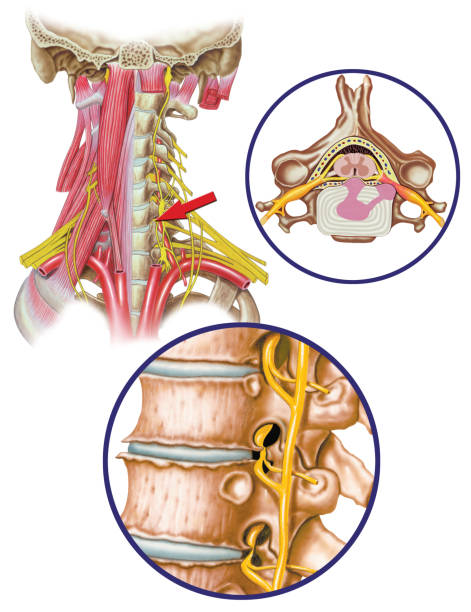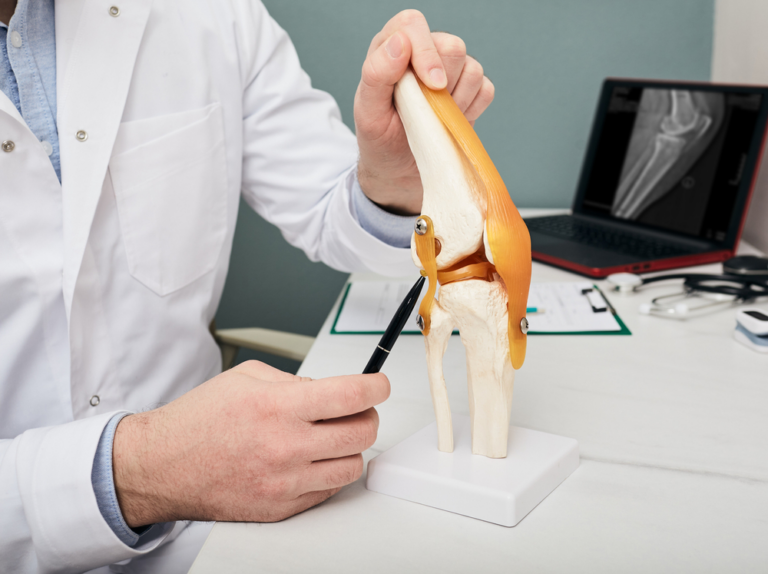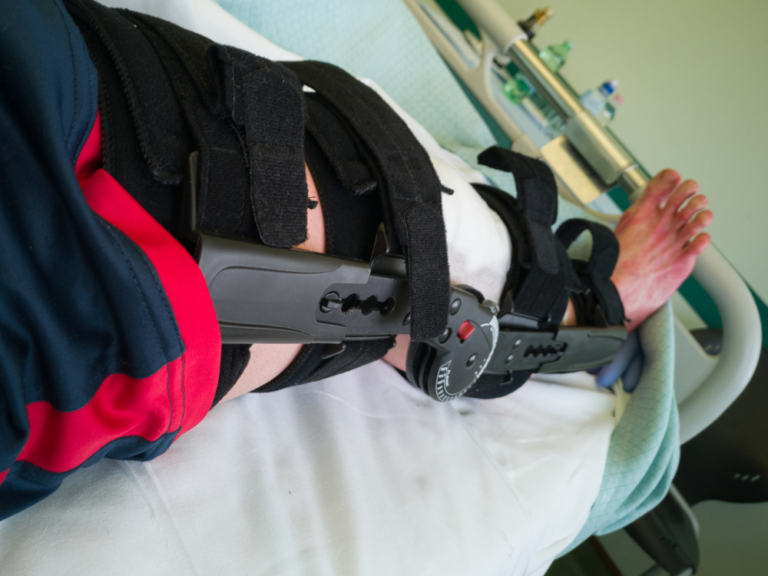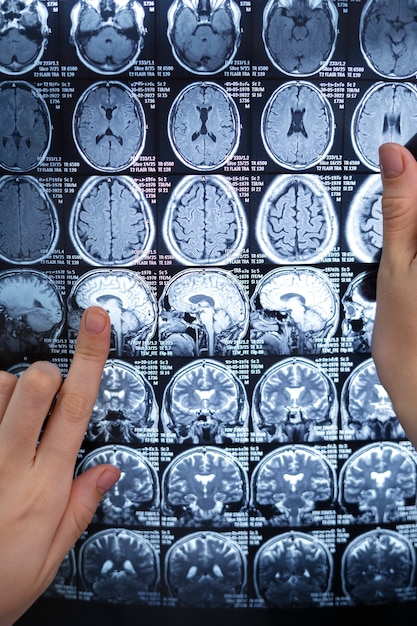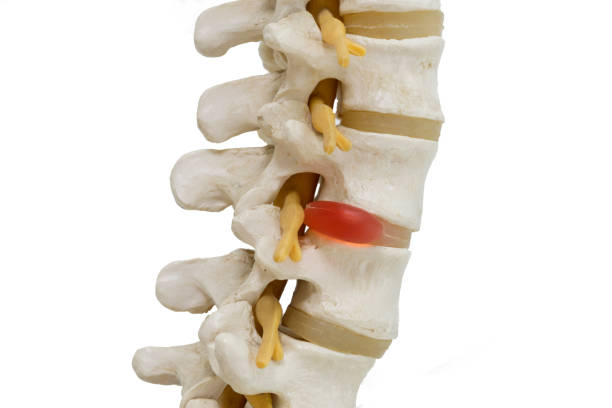When Is Discectomy Recommended? Understanding the Treatment Options
Discectomy is a surgical procedure that is performed to remove the damaged part of a disc in a spine. The damage is usually when the soft center of the disc is pushing out through the tough outer lining. A herniated disc can press on and irritate the nearby nerves. Discectomy is best for alleviating pain that travels down the legs or arms from a compressed nerve. The procedure works less effectively for pain that is felt only at the back of the neck. Individuals that have back pain or neck pain will usually be prescribed other types of therapy, like physical therapy, weight loss, etc. When that treatment does not work, then discectomy may then be recommended.
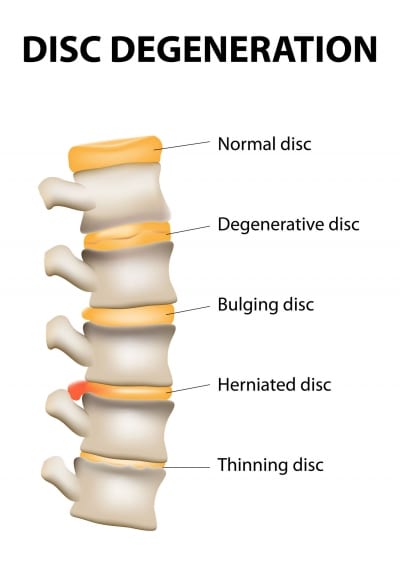
What are discs?
Discs are the round cushions that are situated between the bones of the spine, which are the vertebrae. They work like shock absorbers; they let a person move and bend without the bone rubbing together. When a disc ruptures and pushes out from between the bones, they can press on nearby nerves. This can lead to pain, weakness and numbness in the back, arms, and legs. This can happen due to a degenerative disc disease (a disease of aging), physical trauma, or other injuries. Some people are more prone to herniated discs than others, and it usually runs in families. This pain can be relieved sometimes with rest, physical therapy, and painkillers. But if these treatments do not work, then surgery becomes an option. This surgery can help alleviate the pain more quickly than other treatment options, but they can also have side effects. A healthcare provider may recommend discectomy in the following circumstances:
- Nerve weakness that causes trouble when a person is walking or standing
- In the situation that conservative treatment like medication, physical therapy or steroid injections do not improve the symptoms even after 6-12 weeks.
- Pain travels into the buttocks, legs, or chest and becomes too much for the individual to manage.

What are the risks of discectomy?
The surgery for a herniated disc is generally safe. The risks, while rare, can include the following:
- Infection
- Bleeding
- Problems with the new disc
- A leak of spinal fluid
There is also a very minimal chance that the surgery will not improve the symptoms or that the pain may stop and then come back in the future. Also, while surgery can give a majority of individuals relief from pain and other symptoms, in some other cases, it does not work. In less than 5% of the cases, the disc herniates again. Even though surgery usually offers the best remedy than other treatments, it is not always the best form of therapy. It is crucial to consult with the doctor and find out the best course of treatment for it.
How to prepare for discectomy
The patient is instructed not to eat or drink for at least 12 hours before the surgery. The patient will also be advised on the medication to stop before the surgery. Specific instructions on other issues are also provided by the healthcare provider. The patient is expected to quit smoking before the surgery, usually about a month before. In the instance that the patient is having problems with quitting, they should talk to their doctor about enrolling in a cessation program. The patient will be asked to stop medication that makes it hard for blood to clot, including aspirin and ibuprofen.
During discectomy
The surgery is usually performed under general anesthesia, so the patient is completely unconscious during the procedure. In the surgery itself, the disc that is herniated and compressing a nerve is usually removed, but small amounts of spinal bones and ligaments would also need to be removed before getting to the disc itself. In the instance that the entirety of the disc is to be removed, the surgeon will need to fill the space with a piece of bone. The bone may be gotten from a donor, or the patient’s pelvis. In other cases, a synthetic bone substitute is used. The adjoining vertebrae are then joined together using some metal bindings.
After discectomy
The patient is moved to a recovery room after the surgery. The patient’s vitals are monitored by a healthcare team, and complications from the surgery and anesthesia are looked out for. The patient may be able to go home on the day of the surgery, but usually, a short hospital stay may be needed. The hospital stay is usually for patients with serious medical conditions. The patient may be able to return to their normal activities and work in about 2-6 weeks. However, this is dependent on the type of work that they do. If the work involves heavy lifting or operating heavy machinery, the time of return may be closer to 6-8 weeks.
What are the results of the surgery?
Discectomy eliminates the symptoms felt from a herniated disc condition; this includes pain that shoots down the arms and legs. The patient should be able to start seeing improvement in symptoms like weakness, pain, and numbness within a few weeks after the surgery. The relief may not last a lifetime, however, this is because while the surgery addresses the herniated disc, it does nothing to the original cause of the herniation. To help prevent a re-occurrence, it may help the individual to keep a healthy weight, eat healthily, perform only low-impact exercise, and limit their activities, especially the ones that involve lots of twisting, bending, and lifting. The patient will return in about a week after the surgery to remove the stitches on their incision. They may also not be allowed to take showers for a few days after the surgery. The patient will usually be advised to avoid sitting still for more than 20 minutes during their recovery. Some patients may have difficulty walking and may need a cane to help. The surgeon may also recommend physical therapy to help in the recovery.
The information provided in this blog is for educational purposes only and should not be considered as medical advice. It is not intended to replace professional medical consultation, diagnosis, or treatment. Always consult with a qualified healthcare provider before making any decisions regarding your health. Read more

